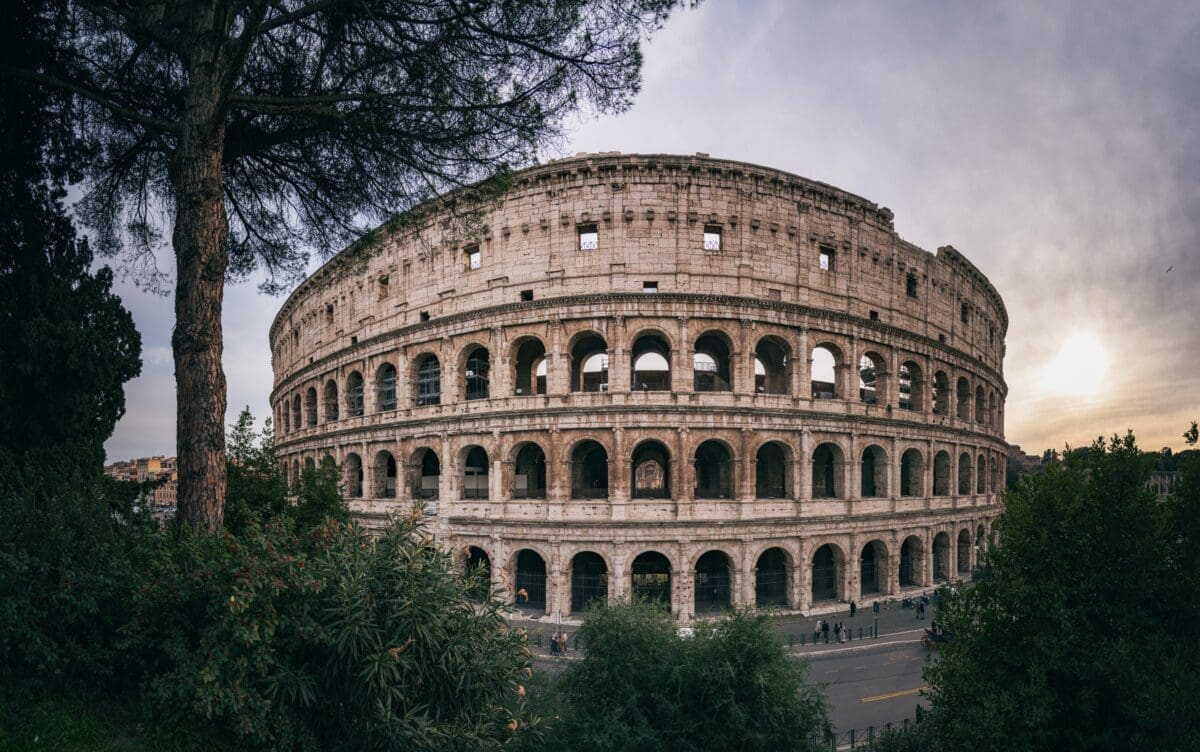The Pax Romana, a period of approximately two centuries of Roman imperial history, began with the reign of Emperor Augustus in 27 BC and lasted until the death of Marcus Aurelius in 180 AD.
This era was characterized by relative peace, stability, and prosperity. Roman Empire reached heights like never before, exerting its influence throughout the Mediterranean region and beyond.
Historians claim that life during the golden age of Ancient Rome was full of excitement, entertainment, innovations, and a cosmopolitan atmosphere. However, living in Ancient Rome was still challenging. This article will explore the lives of ordinary people during this fascinating era.
Economic Landscape: Rome as an Economic Hub
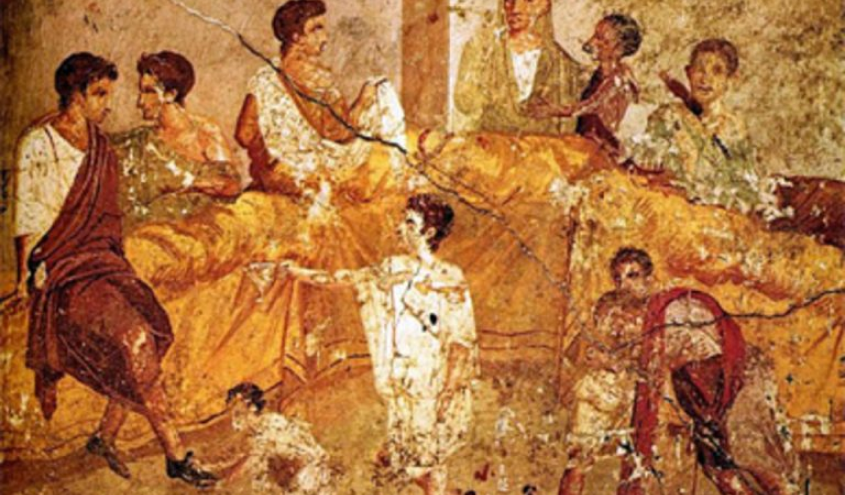
The Roman Empire was a hub of commerce and trade, which created numerous economic opportunities for the Roman People. The City of Rome, a bustling Metropolis, was a large market where people were used to buying and selling goods.
Simon Baker, in his book “Ancient Rome: The Rise and Fall of an Empire,” stated that “Rome was a city of business, a center of exchange, and the heartbeat of the Mediterranean world.”
One critical element contributing to economic prosperity was Rome’s vast territorial conquests. Economic historians say Roman GDP per capita increased from approximately $570 (in 1990 international dollars) to over $1,000 between 100 BCE and 300 CE.
Architectural Advancements: Invention of Arch
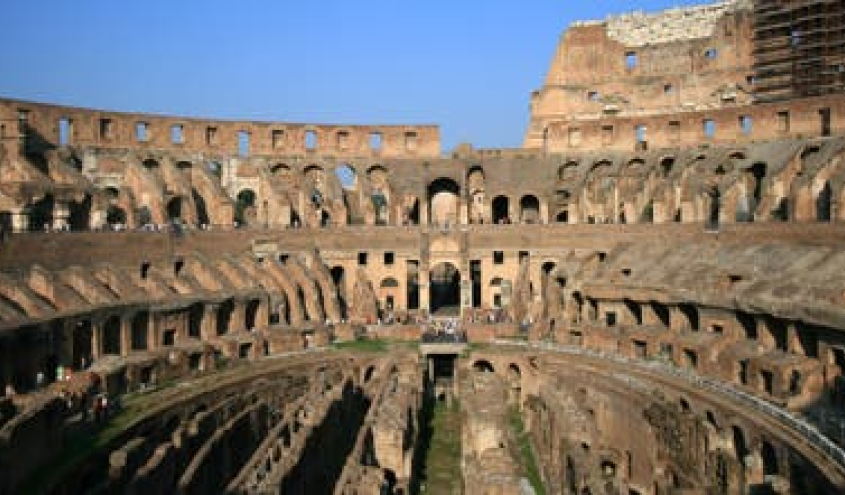
The invention of the arch, which made it possible to build more prominent, intricate structures, was one of Ancient Rome’s most significant contributions to the fields of art and architecture. Ancient Romans were surrounded by public facilities, monuments, and works of art that constantly reminded them of their society’s strength and sophistication.
For instance, the Colosseum was a huge amphitheater where gladiatorial fights and other public spectacles could accommodate up to 80,000 spectators. Additionally, the aqueducts that supplied water to the city were functional and beautiful engineering marvels.
Extensive Network of Roads
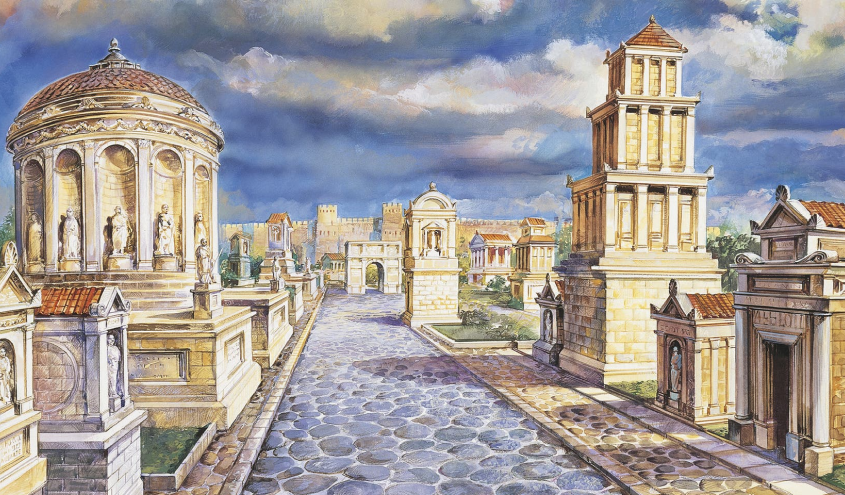
The Roman road network spanned over 250,000 miles, connecting the various parts of the empire. “All roads lead to Rome” is a famous saying that reflects the vast road network built by the Romans.
The most famous of these roads is the Appian Way, built in 312 BC, which stretches from Rome to southern Italy. While the streets were primarily used by the wealthy and the military, ordinary people could also benefit from the improved transportation system, allowing for greater mobility and access to goods and services.
Along the main roads, the Roman government established a network of post stations, or “mansiones,” to serve as rest stops and horse stables. This system, comparable to modern world rest areas, improved accessibility for regular people to long-distance travel. The roads also made transporting resources and goods throughout the empire easier, which supported trade and the economy.
Legal System
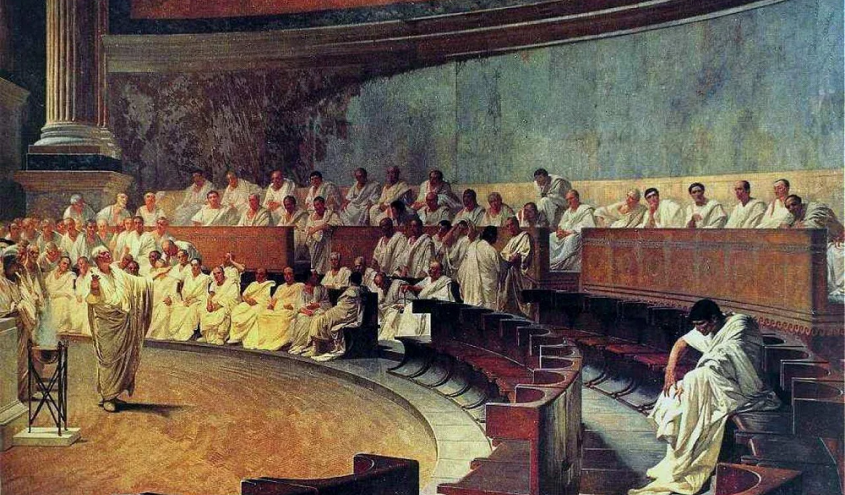
The Romans established a legal system founded on precedent and codified laws because they believed in the rule of law. The legal system was hierarchical, with different courts and magistrates handling various cases.
The idea of “innocent until proven guilty” was one of ancient Rome’s most critical legal ideas. Another distinctive feature of the Roman legal system was the use of juries, groups of citizens selected randomly to hear cases and reach verdicts.
The Roman legal system allowed ordinary people to pursue justice and defend their rights. Even though the wealthy and powerful had more accessible access to legal counsel and a higher chance of succeeding in court, the legal system still offered some protection for the average person.
Cicero, a famous Roman orator and lawyer wrote extensively on the Roman legal system, including the importance of precedent and the role of the courts in upholding the law. He once said, “The safety of the people shall be the highest law.”
Overpopulation and the Use of Urine
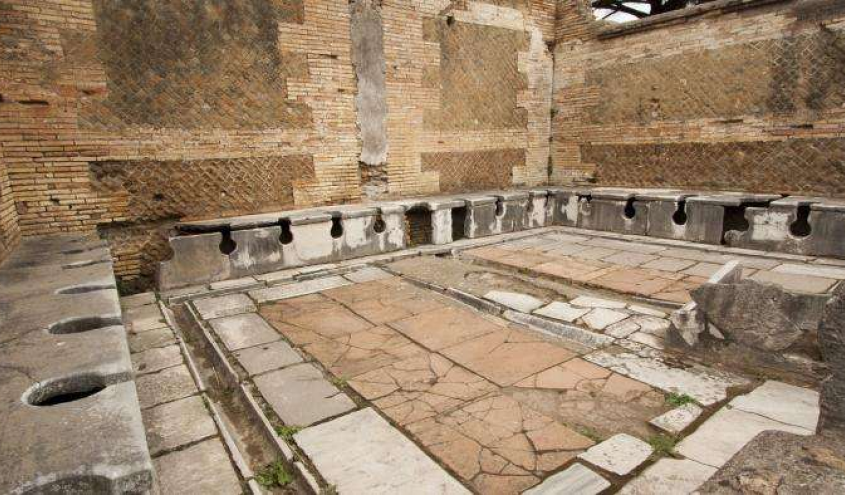
With estimates of the city’s population ranging from seventy million, overpopulation was a significant issue in ancient Rome. Overcrowding, lack of available housing, and stress on the infrastructure were the results.
The Roman government also built public urinals for both men and women. One of the most bizarre facts about the golden era was using urine. Urine was used as a cleaning agent. Collecting public urine and using it to clean clothing and structures was common. And even worse, like all the valuable things, there was a proper scheme for taxing urine. Emperor Vespasian AD 69-79 earned good money trading urine collected from public bathrooms.
Conclusion
The city’s ordinary people had a complex and varied experience with life during the Golden Age of Ancient Rome. Living in such a vibrant and culturally diverse society had many advantages, difficulties, and hardships. The citizens of ancient Rome had a wide range of challenges to overcome daily, from the economic opportunities available to the sanitation problems and overpopulation concerns.

